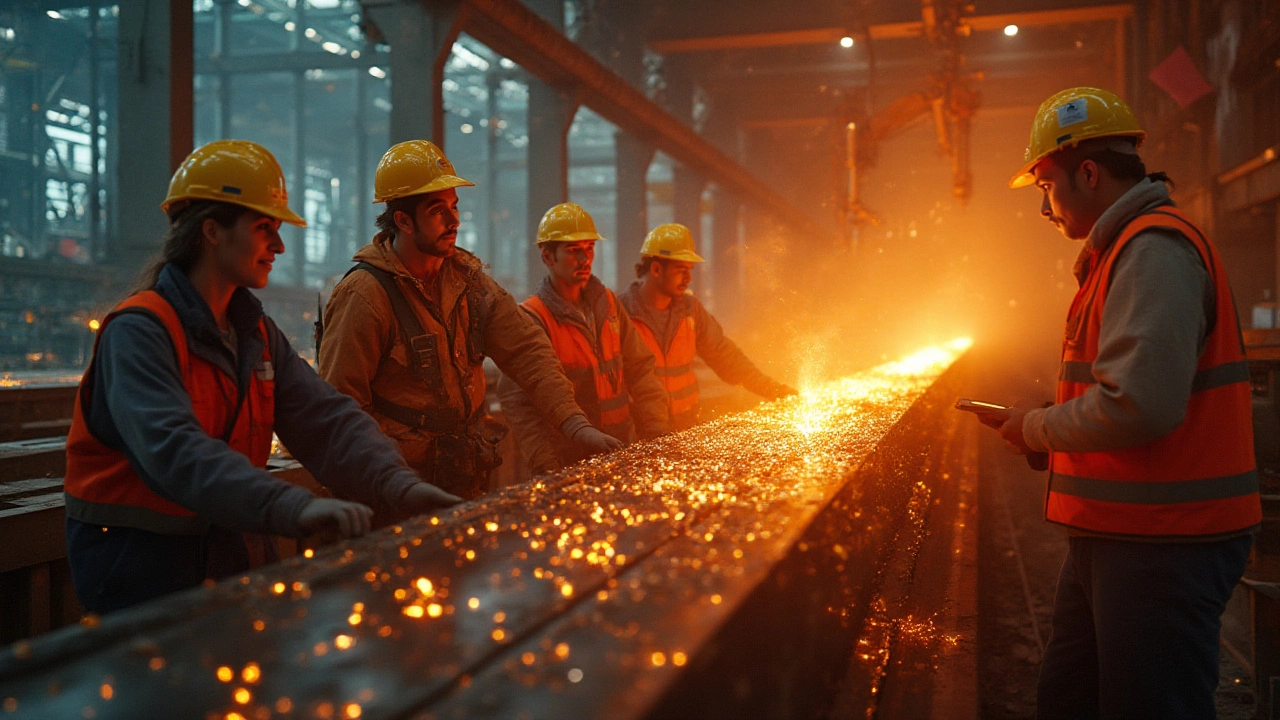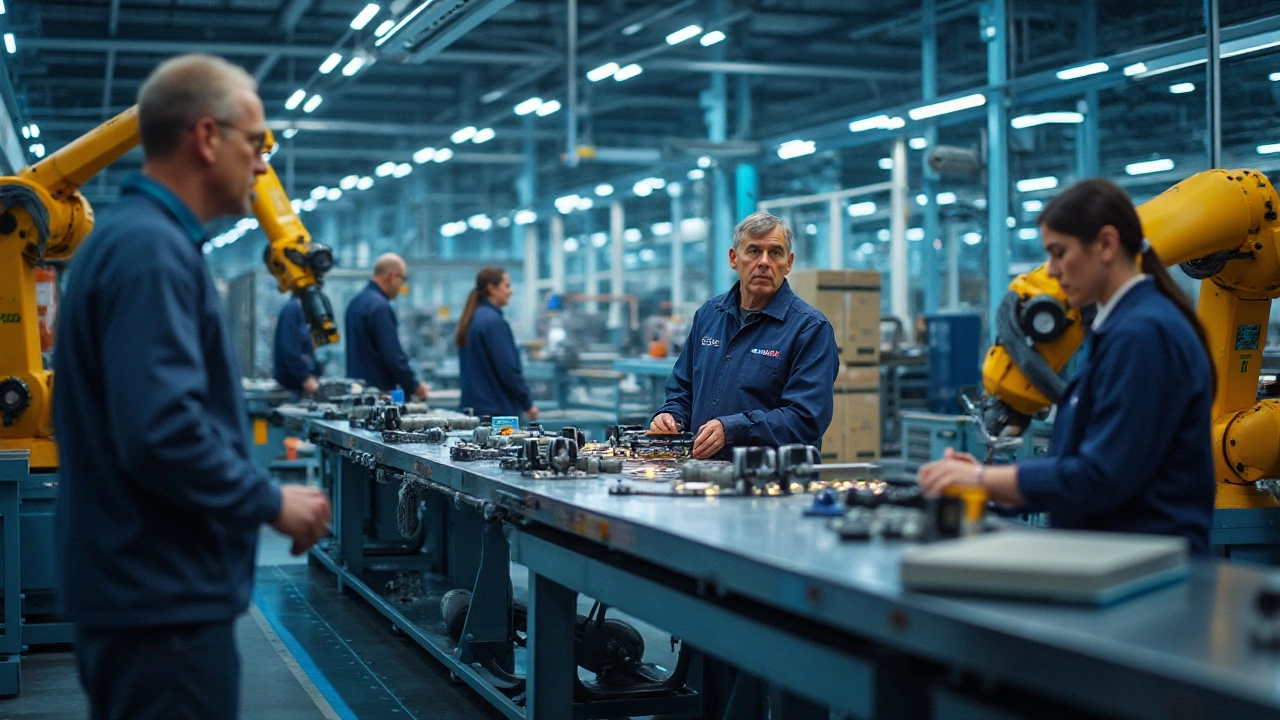Steel Quality: How It Shapes Indian Manufacturing
When working with Steel Quality, the set of measurable attributes that determine how well steel performs in a given application. Also known as steel grade, it affects everything from bridge safety to kitchen appliance durability. One of the core indicators is Tensile Strength, the maximum stress steel can withstand before breaking. Another key factor is Alloy Composition, the blend of iron with carbon and other elements that tailors properties such as hardness, ductility, and corrosion resistance. Compliance with Quality Standards, including ISO 9001, ASTM A36, and Indian IS 2062, ensures consistency across batches and builds trust in supply chains is what lets manufacturers promise reliable performance. In short, steel quality encompasses tensile strength, alloy composition, and quality standards, creating a foundation for safe infrastructure and durable products.
Why Steel Quality Matters for Indian Industry
India’s rapid industrial growth means steel is in almost every project – from high‑rise construction in Mumbai to agricultural machinery in Punjab. When tensile strength meets the right alloy composition, the resulting steel can handle heavy loads without bending, reducing maintenance costs for owners. Quality standards act like a common language; they let a factory in Hyderabad speak the same terms as a shipyard in Chennai, making cross‑regional collaboration smoother. Moreover, inspection methods such as ultrasonic testing and magnetic particle inspection directly verify that the steel meets the promised standards, linking quality standards to on‑ground reliability.
Ensuring steel quality requires more than just a lab report. It starts with selecting the proper raw materials, moves through controlled rolling processes, and ends with rigorous testing before shipment. The relationship is clear: proper alloy composition enables desired tensile strength, and both are validated by adherence to quality standards. Companies that invest in certified testing labs see fewer re‑work incidents, faster project approvals, and a stronger reputation among contractors. In practice, this means fewer delays on construction sites and longer service life for products that rely on steel, from tractors to transport trucks.
Readers interested in the broader picture will find a mix of articles below that touch on steel’s role in the US market, the future of electric‑arc furnace production, and how quality concerns drive innovation in sustainable manufacturing. Whether you’re a plant manager, a procurement officer, or simply curious about what makes steel reliable, the collection offers practical insights, real‑world case studies, and clear explanations of the key attributes that define steel quality. Dive in to see how these concepts play out across different regions, technologies, and industry challenges.
Which Country Makes the Best Steel? Comparing Steel Quality Worldwide
Curious about the world's best steel? Get the facts on which country leads in steel quality, innovation, and reputation. We break down what really makes a country's steel the best.
- manufacturing
- India
- food processing
- garden tips
- rice cultivation
- government schemes
- balcony garden
- urban gardening
- balcony gardening
- profitable business
- business ideas
- plastic manufacturing
- drip irrigation
- plant care
- steel manufacturing
- sustainable gardening
- startup ideas
- steel industry
- flower gardening
- textile manufacturers






